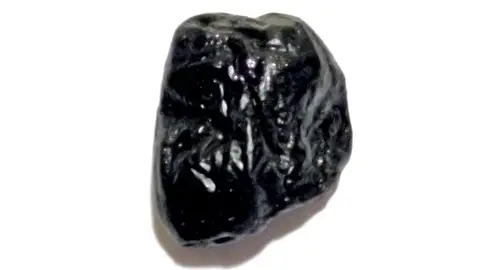We’ve seen that fruits are great additions to a guinea pig’s diet. The vitamin c content that most fruits have to bring a much-needed supplement to their nutritional intake.
However, there are some fruits that they can’t eat as often as others.
What Fruits Can Guinea Pigs Not Eat?
Here is a list of those that they shouldn’t eat. Well, not regularly anyway. If they have a nibble at them, they won’t hurt them but nothing more than once or twice a month at the most, if that.
The thing is that some of them actually have a very good amount of vitamin c, but their other content is just not good for them.
So here you go;
Currants – The fresh fruit of currants are very small and sweet, with quite an intense flavor. However, they contain too much acid, calcium and sugar for guinea pigs.
Coconuts – The various parts of the coconut have a number of culinary uses and make a great snack, however, they have too much acidic, sugar and phosphorus content for piggies
Damsons – They are most often used for cooking, and are commercially grown for preparation in jam and other fruit preserves. It as too much water content for guinea pigs though.
Dates – Dry or soft dates are eaten out-of-hand or may be pitted and stuffed with fillings. However, they are just too sweet for piggies.
Grapefruit – Grapefruit are a popular citrus fruit that are often eaten for breakfast or snacks. They are also used in for the flavorings. However, they are very high in sugar for guinea pigs to eat.
Jackfruit – Jackfruit is commonly used in South and Southeast Asian cuisines, however, it has too much sugar for piggies.
Kumquats – They resemble the orange, but it is much smaller, being approximately the size and shape of a large olive. Kumquat is a fairly cold-hardy citrus. They are too acidic and sugary for guinea pigs.
Lemons – This yellow fruit is used for culinary and non-culinary purposes throughout the world, primarily for its juice, which has both culinary and cleaning uses. It is too sweet and acidic though for piggies.
Olives – It is of major agricultural importance in the Mediterranean region as the source of olive oil; it is one of the core ingredients in Mediterranean cuisine. It is too high in fat and salt for guinea pigs.
Passionfruit – Passion fruits are round or oval. They can be yellow, red, purple, and green. They are very acidic and sweet for piggies though.
Prunes – A prune is a dried plum of any cultivar. They are too much acid and phosphorus for guinea pigs, however.
For more foods that guinea pigs can and can’t eat, check out our guinea pig food list.
